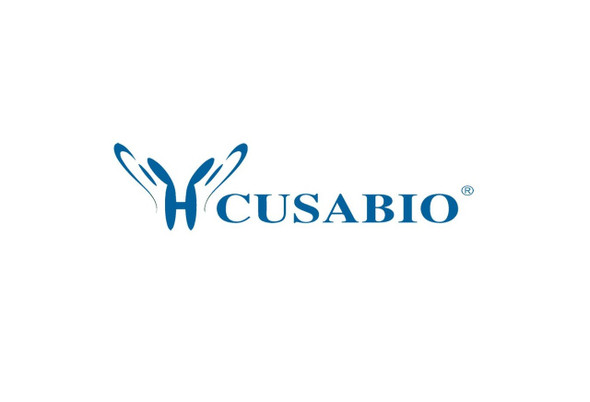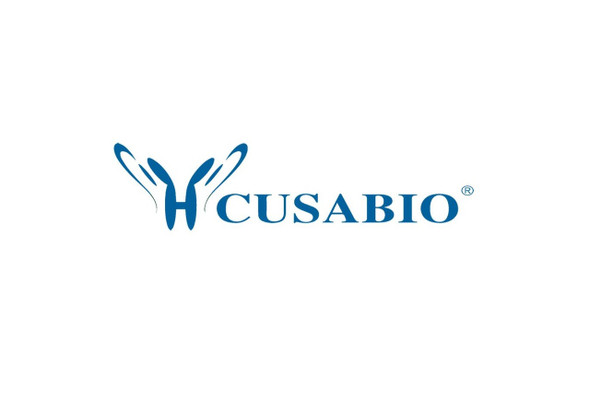Cusabio Human Recombinants
Recombinant Human Dr1-associated corepressor (DRAP1), partial | CSB-RP051444h
- SKU:
- CSB-RP051444h
- Availability:
- 13 - 23 Working Days
Description
Recombinant Human Dr1-associated corepressor (DRAP1), partial | CSB-RP051444h | Cusabio
Alternative Name(s): Dr1-associated protein 1Negative cofactor 2-alpha ;NC2-alpha
Gene Names: DRAP1
Research Areas: Transcription
Organism: Homo sapiens (Human)
AA Sequence: KKKKYNARFPPARIKKIMQTDEEIGKVAAAVPVIISRALELFLESLLKKACQVTQSRNAKTMTTSHLKQCIELEQQFDFLKDLVASVPDMQGDGEDNHMDGDKGARRGRKPGSGGRKNGGMGTKSKDKKLSGTDSEQEDESEDTDTDGEEETSQPPPQASHPSAHFQSPPTPFLPFASTLPLPPAPPGPSAPDEE
Source: E.coli
Tag Info: N-terminal GST-tagged
Expression Region: 4-198aa
Sequence Info: Partial
MW: 48.2 kDa
Purity: Greater than 90% as determined by SDS-PAGE.
Relevance: The association of the DR1/DRAP1 heterodimer with TBP results in a functional repression of both activated and basal transcription of class II genes. This interaction precludes the formation of a transcription-competent complex by inhibiting the association of TFIIA and/or TFIIB with TBP. Can bind to DNA on its own.
Reference: NC2alpha interacts with BTAF1 and stimulates its ATP-dependent association with TATA-binding protein.Klejman M.P., Pereira L.A., van Zeeburg H.J.T., Gilfillan S., Meisterernst M., Timmers H.T.M.Mol. Cell. Biol. 24:10072-10082(2004)
Storage: The shelf life is related to many factors, storage state, buffer ingredients, storage temperature and the stability of the protein itself. Generally, the shelf life of liquid form is 6 months at -20?/-80?. The shelf life of lyophilized form is 12 months at -20?/-80?.
Notes: Repeated freezing and thawing is not recommended. Store working aliquots at 4? for up to one week.
Function: The association of the DR1/DRAP1 heterodimer with TBP results in a functional repression of both activated and basal transcription of class II genes. This interaction precludes the formation of a transcription-competent complex by inhibiting the association of TFIIA and/or TFIIB with TBP. Can bind to DNA on its own.
Involvement in disease:
Subcellular Location: Nucleus
Protein Families: NC2 alpha/DRAP1 family
Tissue Specificity: Ubiquitous. Highly expressed in adult testis, heart, skeletal muscle, pancreas and brain, and in fetal brain, liver and kidney.
Paythway:
Form: Liquid or Lyophilized powder
Buffer: If the delivery form is liquid, the default storage buffer is Tris/PBS-based buffer, 5%-50% glycerol. If the delivery form is lyophilized powder, the buffer before lyophilization is Tris/PBS-based buffer, 6% Trehalose, pH 8.0.
Reconstitution: We recommend that this vial be briefly centrifuged prior to opening to bring the contents to the bottom. Please reconstitute protein in deionized sterile water to a concentration of 0.1-1.0 mg/mL.We recommend to add 5-50% of glycerol (final concentration) and aliquot for long-term storage at -20?/-80?. Our default final concentration of glycerol is 50%. Customers could use it as reference.
Uniprot ID: Q14919
HGNC Database Link: HGNC
UniGene Database Link: UniGene
KEGG Database Link: KEGG
STRING Database Link: STRING
OMIM Database Link: OMIM









